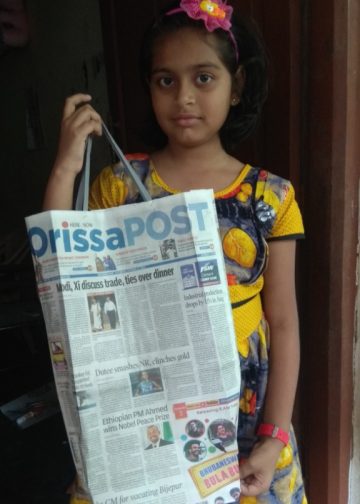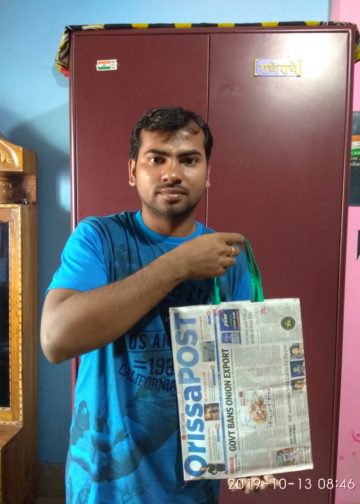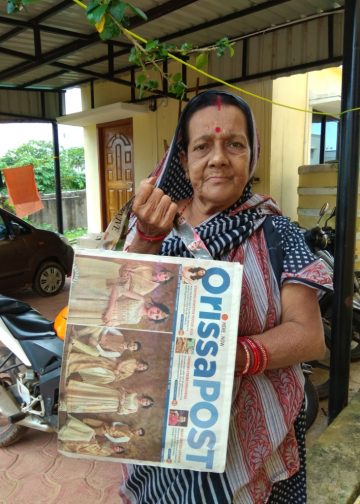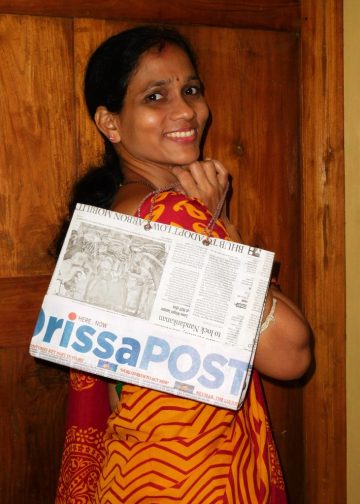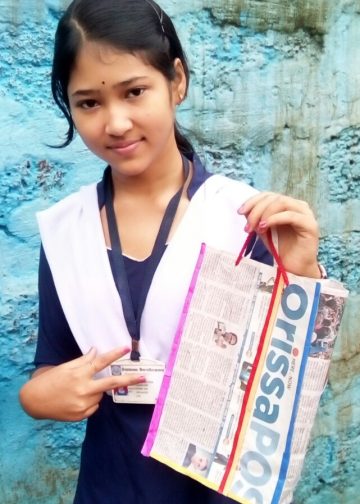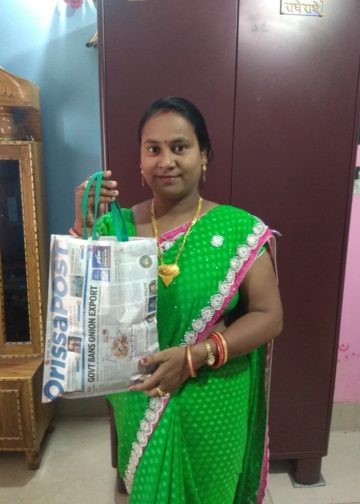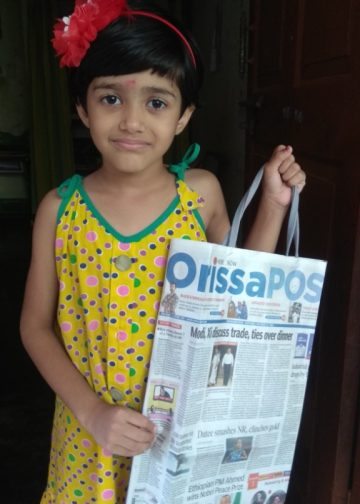SUNDAY POST FEB 22-28
PIYUSH ROY
Hema Malini had once told me during an interview that one of the ‘becoming-a-character’ methods she considered most important to her portrayals was their costumes. Those days, when actors worked in multiple shifts, she at one time was shooting for two totally diverse roles – Empress of India, Razia Sultan and the Bhakti saint poet Mirabai. ‘Both were queens in their own right; but while one was a beggar princess, the other was the ruler of India. But the moment I put on their respective costumes, my body language changed and I could easily acquire the mood and spirit of those characters,’ she had reflected.
More recently, when I was visiting the sets of the Mahabharat TV series, many of its young actors had informed about how one of their preparations for the role involved wearing for hours their period costumes with its heavy jewellery to get comfortable with the era and aura of their characters.
‘Costumes’ or the clothing of a character, according to the Natyasastra is one of the four major elements of acting, known as the ‘aharya abhinaya’. The other three are angik (physical gestures), vachik (speech styles and modulations) and satvik (the dominant emotional mood state of a character). But while the choice of costumes would seem an important element of the personality of mythological or historical characters, they are no less important for the contemporary as well. In the hands of an empathetic and informed costume designer, clothes can play a major role in elevating the impact of even the most mundane to spectacular.
That’s the feeling one experiences, frame after frame in the latest Arjun Rampal-Jacqueline Fernandez-Ranbir Kapoor starrer Roy. Most reviews of the film have criticized its non-linear narration that forces the audience for a more active engagement. Some have even complained about its thrill elements being tad incomprehensible. I would argue that Roy has a fairly intelligent script that asks you to engage at multiple levels and re-think the clues that lead to its ‘spectacular’ conclusion. Yes, its crime drama is not edge-of-the-seat, but it’s pretty unusual – a psychological thriller with a poetic touch – unlike the usual gore and revenge driven Abbas-Mastaan style suspense films. Most importantly, it’s one of those rare modern Bollywood stories where the costumes, not only play an important role, in some frames they actually take the narrative to an all together different level of imagination and exploration into the psychology of its players.

Most of the film’s drama moments, even the ordinary ones tend to be impressive for the sheer mix of colours, in the composition of its scenes, in sync with the story’s recurring engagements with creation, creative people, painters and paintings. For instance, take the image of the film’s ‘interval’ shot (Pic 1) featuring Arjun Rampal. Rampal plays writer-director Kabir Grewal, whose life takes a literal turn on its head at the interval moment. The idea is imaginatively articulated in that parting silhouette that has him sitting cross-legged on his own reflection, amidst dark hues of greens and blues.
Prior to that self-reflection, another visual high note is conjured in his lover, Ayesha Kabir’s (Jacqueline Fernandez) unusual choice of location for a spectacular ballet – a beach (Pic 2) – to perform an exclusive dance for the man she loves. Both characters, intellectual, arrogant and seemingly unfeeling, decide to articulate their unstated feelings for each other in that one scene – where their emotions get conveyed without either speaking a word to the other. Conjured like a dream from


the infinite, part bird, part mermaid, black top, with a white tail like skirt, the uniqueness of the moment lies in the female partner’s doing the dance of temptation, normally expected of the male in most species in most courtship games.
Ayesha Kabir is a mature, carefree intellectual and she is dressed accordingly – even when wearing something skimpy or casual, she is in control. In control also, is Jacqueline’s other character of actress Tia, but ‘class’ over casual is the dress appeal of this character (Pic 3). An art patron, with an aristocratic disposition, she is dressed in the charms of yesteryear Hollywood divas like Audrey Hepburn or Marylyn Monroe, cool, but classy to every inch of the frame!

Class takes on additional attitude hues of ‘smart, suave and stylish’ for Ranbir Kapoor as Roy. Though young, in terms of his temperament, Ranbir is a conman from the classics. He dresses in subtle shades, dapper and proper, looking naturally at comfort with himself (Pic 4). The ‘calm’ in his ‘observant personality’ is complimented in the subtlety of his choice of shirts and pants, just as darker shades boost the restless edginess in Arjun’s character.
These are broad pointers, but if you do sit back to reflect on costumes enhancing a character’s impact, you will realise that there was always a reason for Rekha’s gorgeous silk saris in Silsila, the square glasses and long shawls of Jeetendra’s common man in Parichay or Khushboo, Amitabh Bachchan’s ‘angrily ripping’ bell-buttons in Deewar, ‘villain’ Ranjeet’s menacingly unbuttoned shirts, Madhuri Dixit’s white churidars in Dil to Pagal Hai… The list could just go on, all that it needs is a slight ‘altering’ in the way we have been dressing our characters… perhaps?









